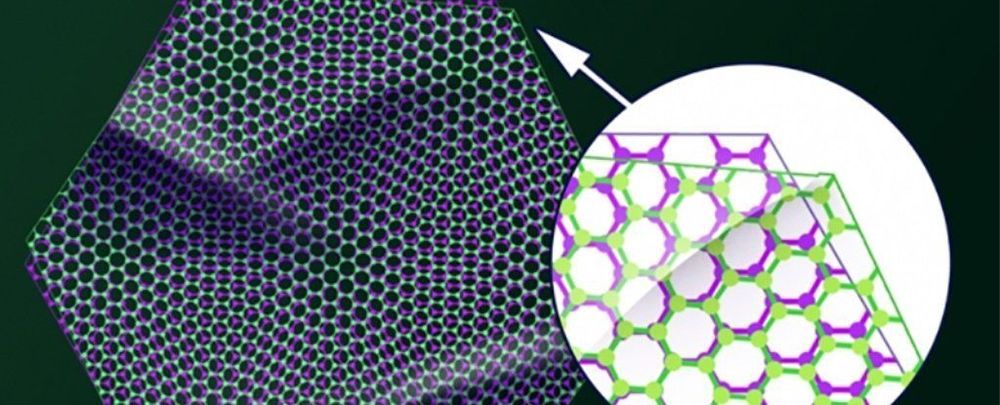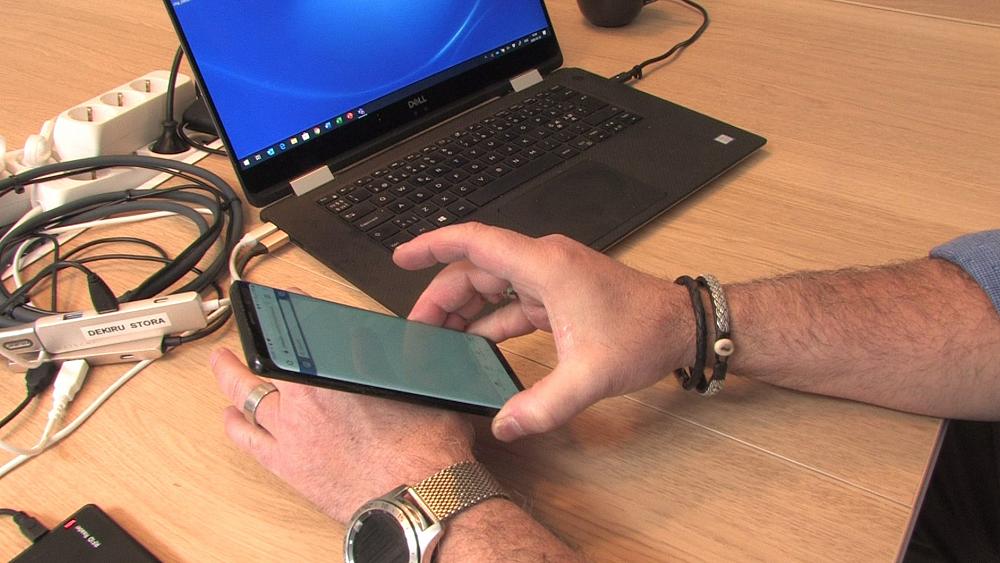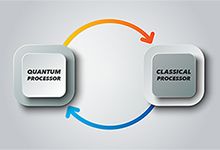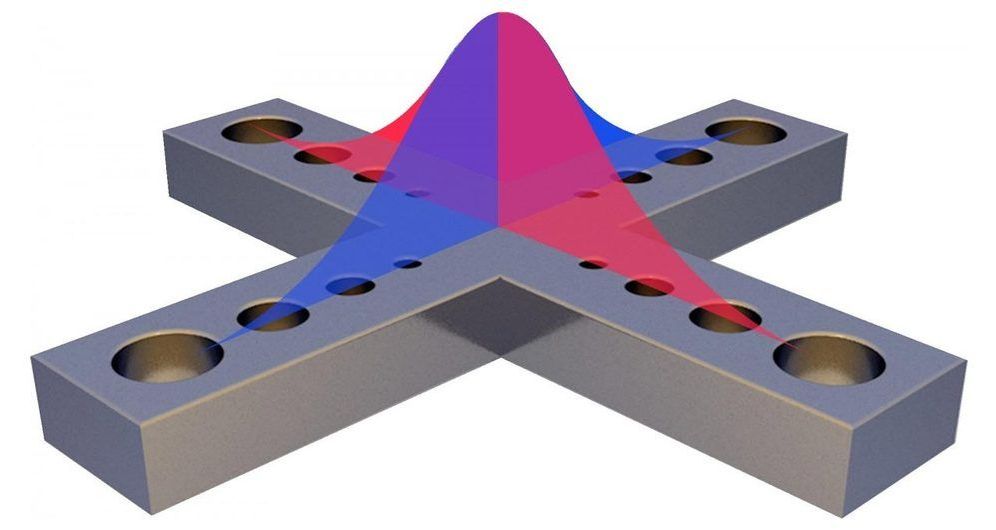It sounds like a riddle: What do you get if you take two small diamonds, put a small magnetic crystal between them and squeeze them together very slowly?
The answer is a magnetic liquid, which seems counterintuitive. Liquids become solids under pressure, but not generally the other way around. But this unusual pivotal discovery, unveiled by a team of researchers working at the Advanced Photon Source (APS), a U.S. Department of Energy (DOE) Office of Science User Facility at DOE’s Argonne National Laboratory, may provide scientists with new insight into high-temperature superconductivity and quantum computing.
Though scientists and engineers have been making use of superconducting materials for decades, the exact process by which high-temperature superconductors conduct electricity without resistance remains a quantum mechanical mystery. The telltale signs of a superconductor are a loss of resistance and a loss of magnetism. High-temperature superconductors can operate at temperatures above those of liquid nitrogen (−320 degrees Fahrenheit), making them attractive for lossless transmission lines in power grids and other applications in the energy sector.









